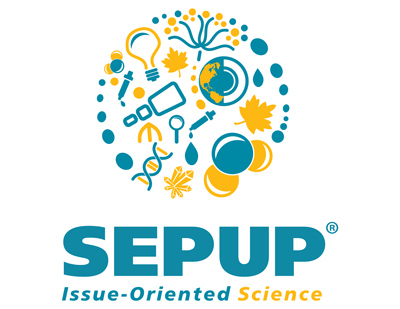Author: juliethierman
Geology Unit: Mapping Locations of Earthquakes and Volcanoes
In this activity, students use the science and engineering practice of analyzing and interpreting data as they map the locations of significant earthquakes and major volcanoes around the world. They look for patterns in the distribution of earthquakes and volcanoes as a first step in discovering that Earth’s surface is broken into plates.
Fields Unit: Electric Field Transporter
In this activity, the gravitational field on the Moon will be simulated so you can design a transporter. This will help determine if electric fields can be useful for the Moon transporter.
Fields Unit: Visualizing an Electric Field
This simulation allows students to visualize the interaction between static charges. The model enables students to ask and then investigate questions about what affects the direction and magnitude of forces in an electric field. Students also investigate the potential energy stored in the system of interacting charges.
Evolution Unit: Mutations and Evolution
Use a computer simulation to predict and analyze how trait frequency changes in your population when there is a change in the environment, such as improvements in health care or decreased levels of malaria.
Evolution Unit: Manipulating Genes
Gather information about two ways that people are intentionally affecting evolution to produce plants and animals that have traits that are desirable to people.
Ecology Unit: Effects of an Introduced Species
Compare data collected by scientists in the years before and after the arrival of the zebra mussels. From the data, begin to build a picture of how the ecosystem has changed.
Cells Unit: Modeling Cell Structure and Function
This interactive computer simulation helps review the ways that parts of a cell contribute to its function and compares plant and animal cell structures and functions.
Ecological Footprint Survey Questions
Ecological Footprint Survey Questions UPDATE Since SGI was published, the organization that developed the ecological footprint calculator used in Activity 4 no longer provides that online resource. Below is an alternative. Ecological Footprint CalculatorThis ecological footprint calculator is less detailed than the one originally used with this activity, but it does address the main points of […]
Investigating Environmental Health Risks – Overview
This module focuses on environmental health risk concepts such as sampling, testing for contaminants, parts per million, and acute vs. chronic toxicity. Students explore risks associated with everyday activities and those associated with the environment, such as the clean up of Superfund (toxic waste) sites. They test black-eyed peas for simulated pesticide residue and model […]

